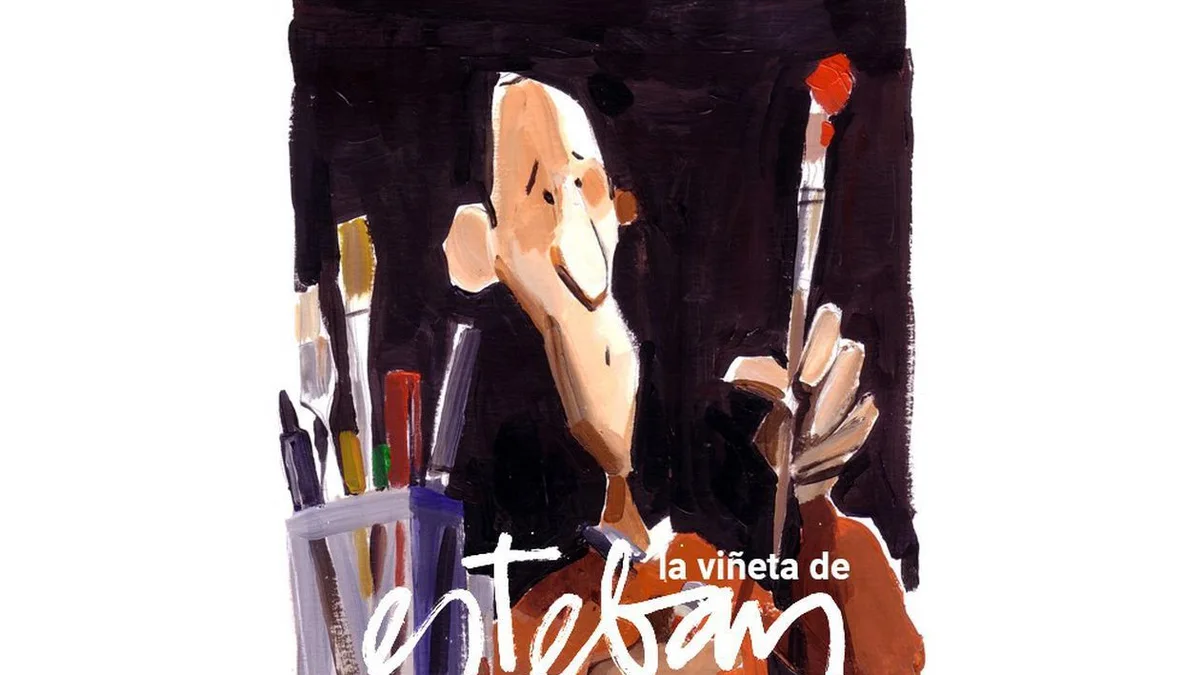By River Simard, Contributing Writer
Coyotes yipping in the hills and valleys of Los Angeles are as iconic of the sound when cars race on the 405 freeway or fans chant “let’s go Dodgers” at a game. But the howling and sightings of coyotes have grown more frequent in the past few months and they’ll be more visible throughout the summer.
The coyote mating process began in February. Their pups are typically born in April. From May through August, adult coyotes search for food for themselves and their young.
“Between May and July or August, we often see an uptick in calls about coyotes because more people are seeing coyote families in green spaces,” explained Camilla Fox, founder and executive director of Project Coyote, a nonprofit in California that focuses on wildlife education and policy advocacy, and that’s when parents will often be more protective of their den sites.”
During these warm months, coyotes may act more aggressively as they guard their pups, often due to being close to people, or by getting into conflicts with family pets.
When coyotes are seen following or walking parallel to a person, the behavior is sometimes referred to as “escorting.” The coyote is literally guiding a person away from a nearby den.
While there are trends in seasonal behavior, coyote-related incidents involving pets occur all year according to Studio City-based veterinarian Elena Hernandez-Merino. She estimated that in her work she sees one or two coyote attacks on pets monthly.
“Coyotes go for smaller pets,” said Hernandez-Merino. “So they go for your Chihuahuas, Yorkies, the smaller breed dogs.” Coyotes don’t focus only on small dogs, but Hernandez-Merino says they are attacked more often than big dogs.
“If you feel that the coyote is coming toward you in an uncomfortable way, or too close for comfort, then we do encourage humane hazing,” Fox advises.
Humane hazing can include yelling and clapping your hands, shaking a metal jar of pennies that you keep handy or even popping open an umbrella. Fox says when you use hazing, focus on a particular coyote.
Project Coyote’s guide to hazing also explains that it is important to stand one’s ground when hazing a coyote. If the coyote does not initially retreat continue to haze until it does.
Even though hazing is a tool that can be used to ward off an aggressive coyote, there are more effective steps that can be taken for the long term.
The most effective way to avoid negative interactions between pets and coyotes is to simply limit your pets’ interactions with coyotes. For cats, that means keeping cats indoors or considering a “catio” — an enclosed structure that resembles a fenced chicken coop.
“We lost a cat to a coyote and learned our lesson, and now we have an indoor cat,” said Marian Dodge, co-founder of Friends of Griffith Park and a 50-plus-year Los Angeles resident.
With her new cat, Dodge has no regrets about keeping her cat inside.
“Cats are perfectly happy inside,” Dodge said. She refers to her sliding glass door as “Kitty-TV.” Dodge’s cat will sit in front of the glass door looking at wildlife including birds, rattlesnakes, and even coyotes
“This is L.A., there’s coyotes everywhere. Even if you think there’s no coyotes in your area, sometimes there are,” advised Hernandez-Merino.
She emphasizes keeping dogs on a leash during walks or hikes, and keeping an eye on them in the backyard where coyotes attack dogs after the pets are put out to relieve themselves.
“The same way that you’re going to try to keep your dog from running into the road and avoid getting them hit by a car, you should also be wary of the fact that if you live in an area where there’s coyote, you should try to keep your dog on a short leash, make sure that you’re aware of where you’re taking them out, and the time that you’re taking them out — so that you know whether or not your dog or cat is gonna be safe,” Hernandez-Merino said.
Residents drive away coyotes from their backyards by investing in devices such as “coyote rollers”– spinning aluminum tubes intended to keep animals from jumping fences. But coyotes are athletes, and are known to jump over fences five feet tall.
Other methods to protect dogs include building higher fences, and adding an angle on the top of the fence to make it hard for coyotes to jump over it.
Los Angeles Animal Services recommends that residents also reduce opportunities that attract coyotes, including fruit fallen from trees, pet food put outside, or an accessible garbage.
While there are trends in coyote behavior, there is no guarantee that coyotes are seen at a particular time. Factors such as den location, migration, and traffic fatalities can all impact the frequency of coyote sightings in a particular area.
“Where I live there, we went from having two litters, literally 150 feet from our house on a vacant lot, and coyotes swarming a place (but) now we almost never see a coyote,” said Paul Edelman, the deputy director of natural resources and planning for the Santa Monica Mountain Conservancy
Despite some negative interactions between people and coyotes, coyotes play an important role as a keystone species in Los Angeles’ biodiversity.
“You need coyotes to keep the raccoons and skunks in check,” Edelman said.
Edelman explains that coyotes keep the mesopredator populations in balance — predators that occupy the middle of the food chain such as raccoons and skunks — which in turn positively impacts the bird populations.
“People are afraid of what they don’t know. And when you get used to them, you say, ‘yeah.’ But you know what? They catch a lot of gophers, a lot of rats. So three cheers,” Dodge said with a chuckle.
Experts are not the only ones who see the ecological benefits of urban coyotes. Angelenos can see the ways coyotes impact life in their own backyards.
Related links
Redondo Beach urges caution during coyote season amid increased sightings
PETA accuses Torrance-contracted coyote trapper of violating state law
What to do if you and your pet cross paths with a coyote
PETA accuses Torrance-contracted coyote trapper of violating state law
Coyotes have fans — and foes — in Pasadena






























